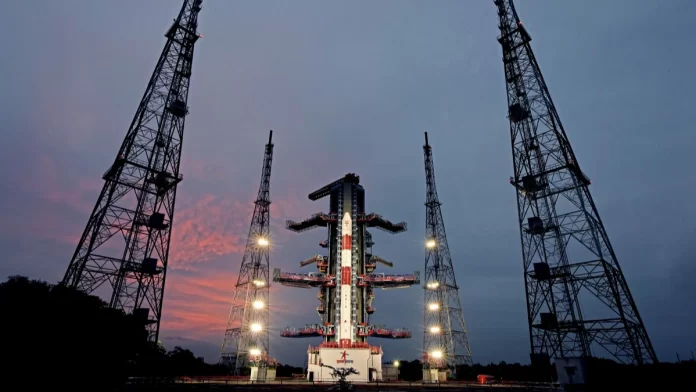On January 1, Isro will launch PSLV-C58 with XPoSAT to research neutron stars and black holes. On January 1, 2024, India’s Polar Satellite Launch Vehicle, carrying the nation’s first X-Ray Polarimeter Satellite (XPoSat), is scheduled to blast off.
A major step forward in India’s space research quest, the XPoSat mission will launch utilizing a Polar Satellite Launch Vehicle (PSLV) at 9:10 am, according to an announcement made by the Indian Space Research Organisation (Isro).
India will be at the forefront of space-based polarimetry thanks to the XPoSat mission, which is intended to study the polarization of powerful X-ray sources.
This mission is the second in the world and the first in India specifically for polarimetry, after NASA’s Imaging X-ray Polarimetry Explorer (IXPE), which was launched in 2021.
The goal of XPoSat is to investigate the universe’s 50 brightest objects, which include neutron stars, black hole X-ray binaries, pulsars, and active galactic nuclei. For a minimum of five years, the satellite will be stationed in a 500–700 km circular low Earth orbit.
POLIX (Polarimeter Instrument in X-rays), the main payload, will detect the polarization angle and degree of medium X-ray energy photons of astronomical origin, ranging from 8 to 30 keV.
The XSPECT (X-ray Spectroscopy and Timing) payload will supplement POLIX by offering spectroscopic data in the 0.8–15 keV energy range.
These sensors, which were created by the Raman Research Institute (RRI) and the U R Rao Satellite Centre (URSC), are anticipated to provide fresh perspectives on the physics of astronomical objects.
Scientists can deduce important details about the geometry and emission mechanisms of these far-off sources by studying the polarization of X-rays.
It is expected that the XPoSat mission will significantly advance our comprehension of the cosmos.
It will complement the current spectroscopic and temporal data with two essential dimensions: degree and angle of polarization, potentially clearing up uncertainties in the current theoretical models of astronomical emissions.

































